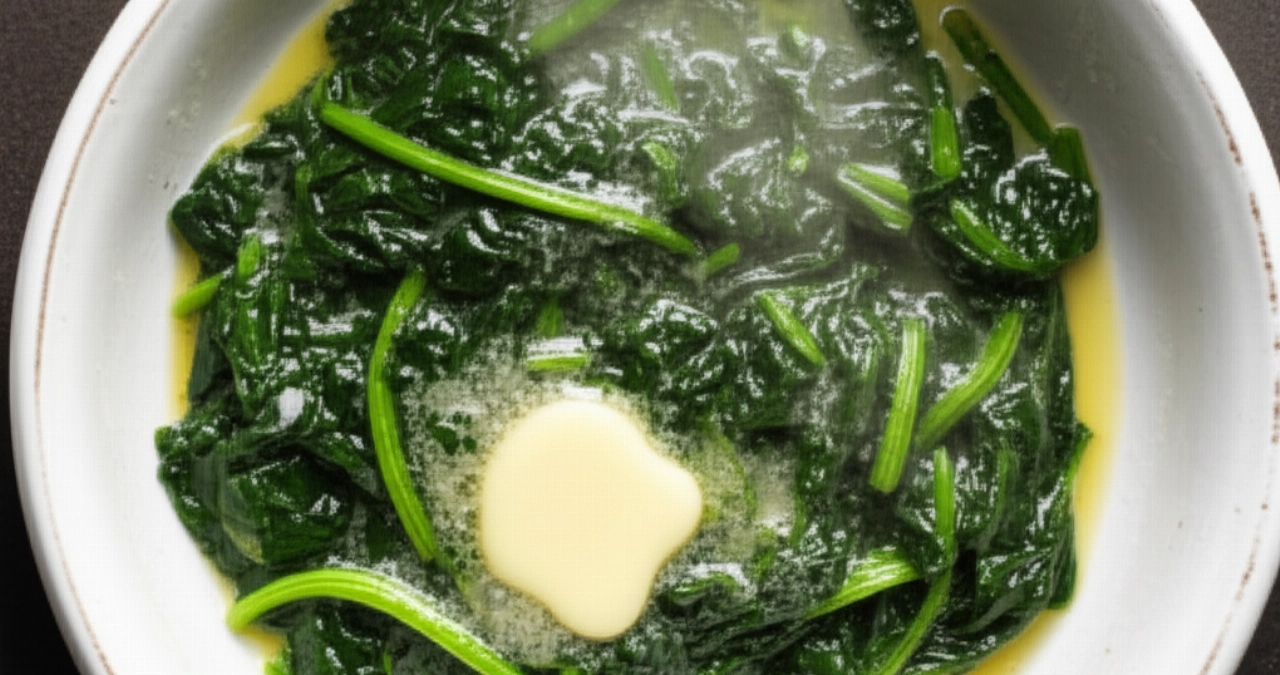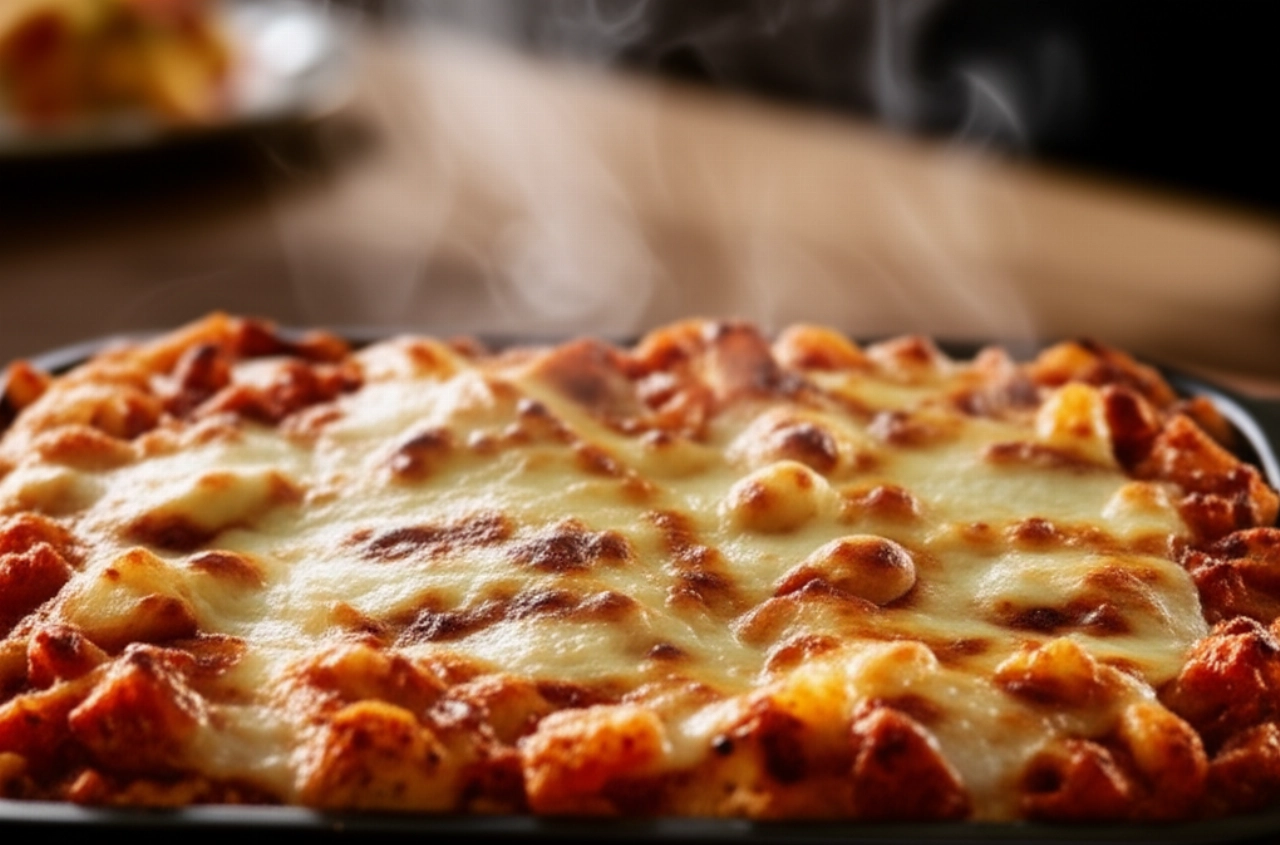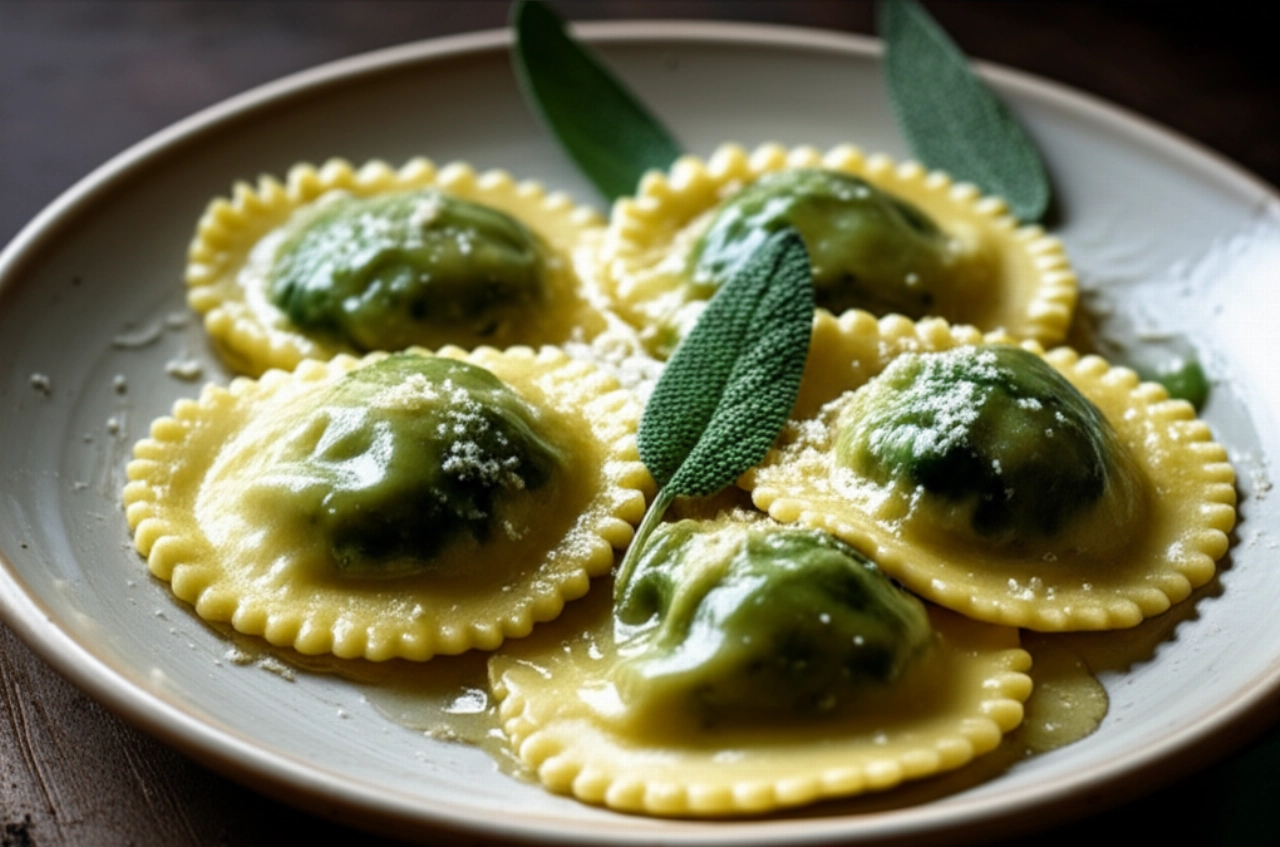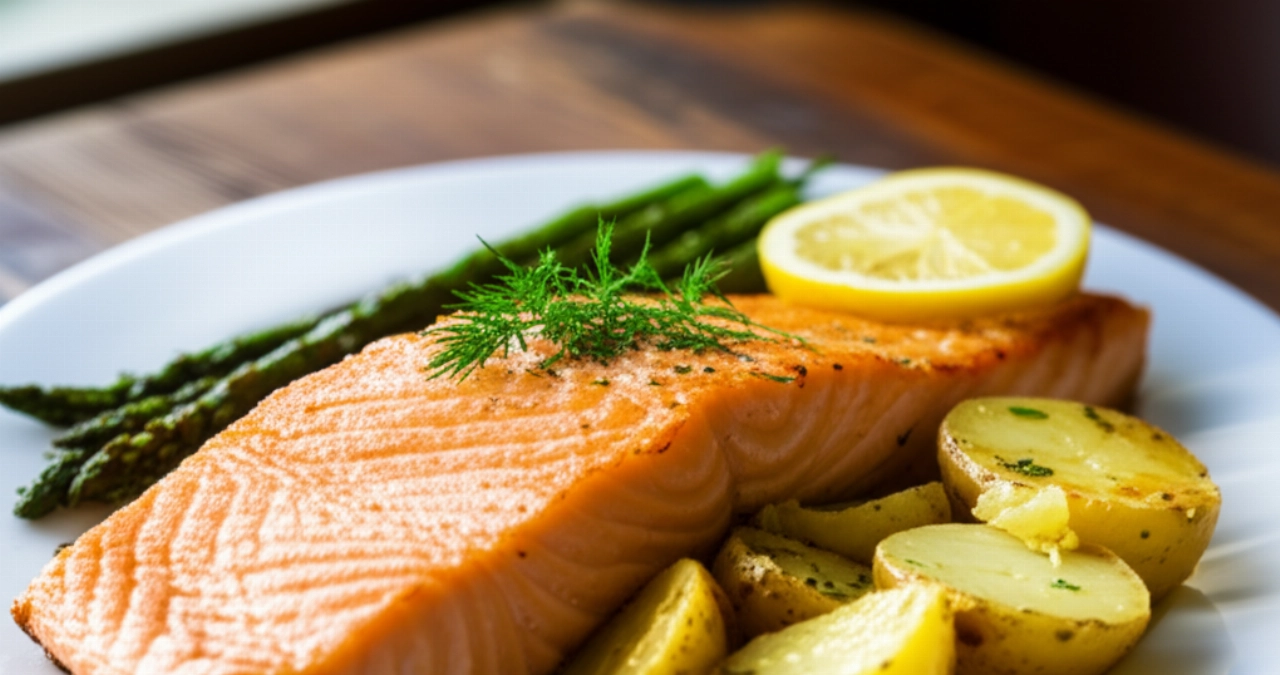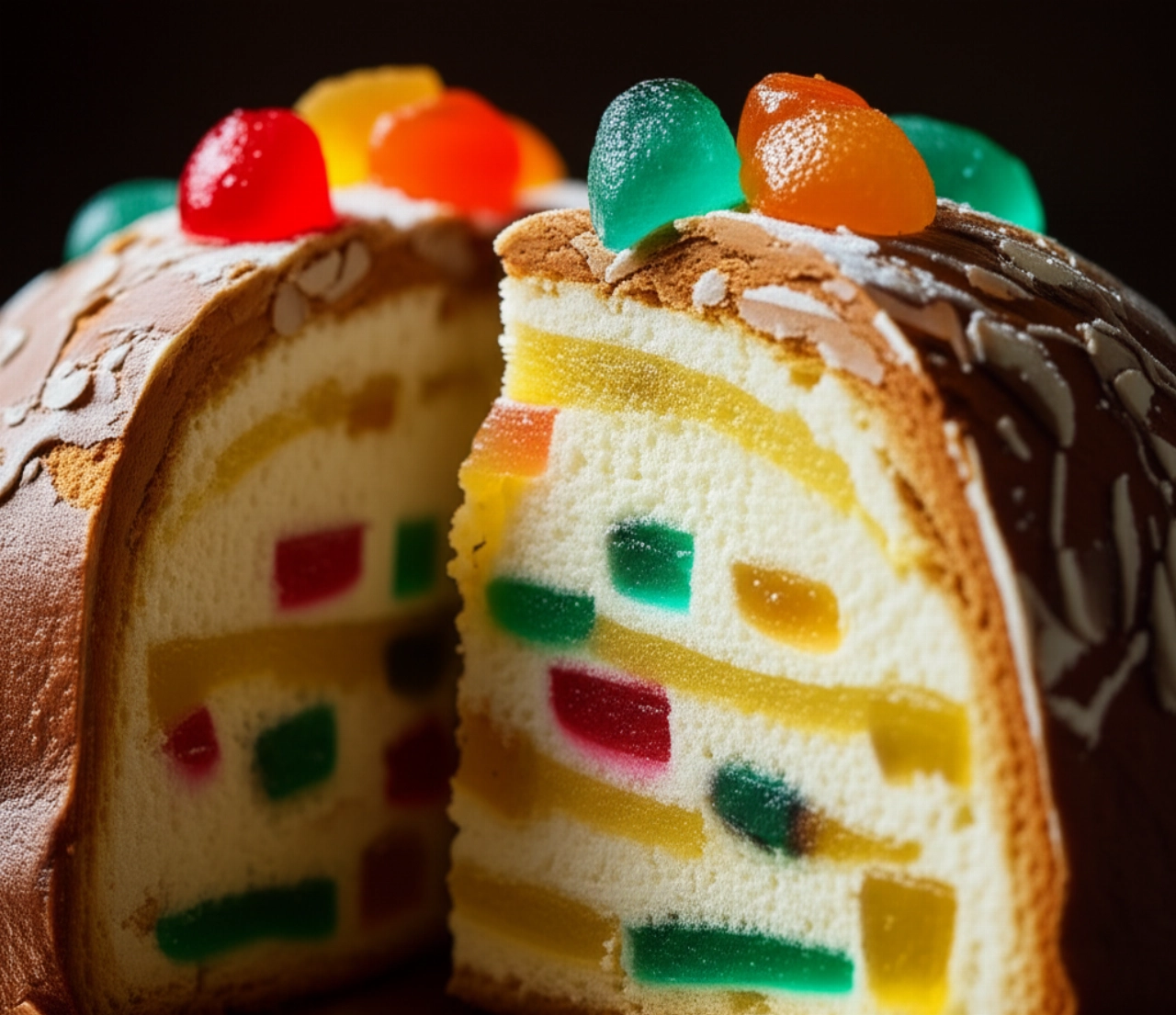Dreaming of bringing a first course to the table that smells of home, family Sundays, authentic Italian tradition? Ricotta and Spinach Cannelloni are a timeless classic, an embrace of flavors that conquers everyone, young and old. But let's face it, preparing cannelloni can seem like a challenge: the fear that the pasta will break, that the filling will be dry or bland, that the béchamel will clump... these are doubts that can discourage even the most willing cook.
How many times have you tried a recipe and the result wasn't what you hoped for? How many times have you feared wasting precious ingredients on a dish that wouldn't receive the "Ohhh!" of admiration it deserved? It's a frustration I know well, and that's why I'm here.
Make yourself comfortable, because on this page you won't just find a simple list of ingredients, but the definitive and foolproof guide to preparing the best Ricotta and Spinach Cannelloni of your life. I'll reveal all the secrets, grandma's tricks, and chef's tips for a dish that will be a triumph of creaminess, flavor, and authenticity. Success is guaranteed, and your table will be a hymn to traditional Italian cuisine!

The Unique Angle: The Promise of Guaranteed Success
My mission is to make you feel at home in the kitchen, eliminating all anxiety. The unique angle of this recipe is SUPREME, STRESS-FREE GRATIFICATION. I'll guide you step-by-step to create cannelloni that don't break, with a rich filling and perfectly velvety béchamel, for guaranteed success that will make your eyes and those of your guests shine. Forget performance anxiety, embrace authentic flavor and the certainty of an impeccable result!
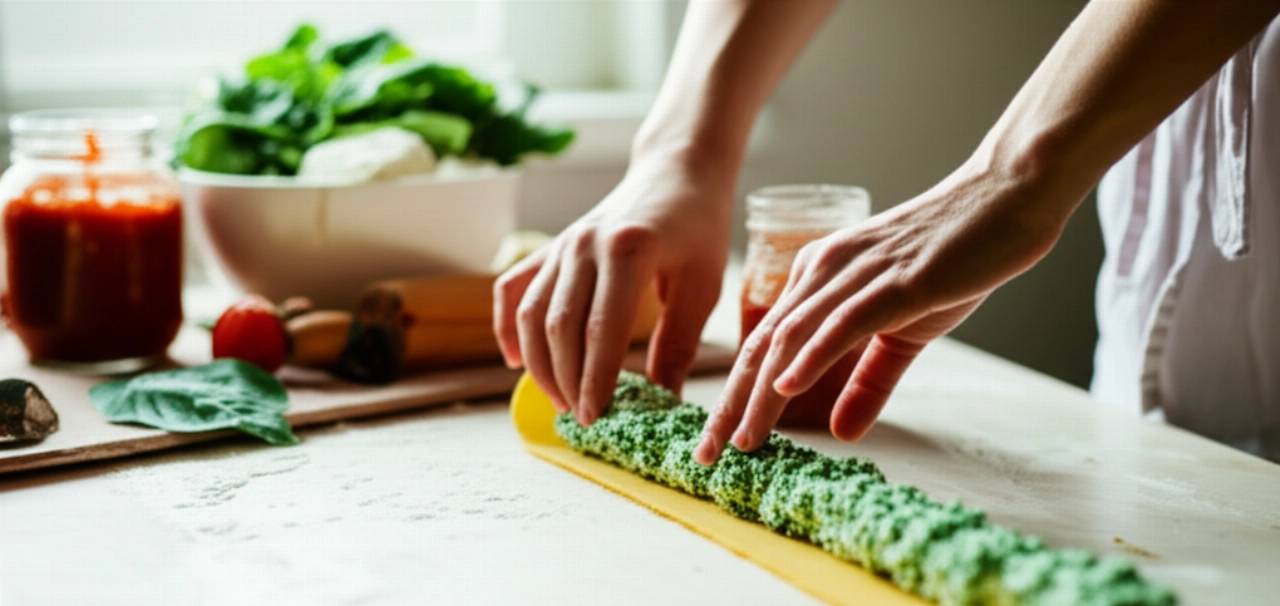
Smart Ingredients: The Choice That Makes a Difference
Every great dish starts with quality ingredients, chosen with care and awareness. Here's what you need and why:
- For Fresh Pasta (if making it at home, otherwise use excellent quality ready-made sheets):
- 00 Flour: The base for an elastic and resistant pasta sheet.
- Very fresh eggs: Bind the dough and give color and flavor.
- For the Creamy Filling:
- Sheep's milk ricotta (or mixed): Choose excellent quality, well-drained ricotta. Sheep's milk ricotta is more flavorful and less watery, ensuring a denser and tastier filling.
- Fresh spinach (or frozen): If fresh, choose firm, intensely green leaves. If frozen, be sure to squeeze them very well after cooking to remove excess water, which would otherwise make the filling too liquid.
- Parmigiano Reggiano PDO (or Grana Padano): Don't skimp on the cheese! It's essential for adding savoriness and an umami touch to the filling.
- Nutmeg: A pinch is the secret to enhancing the flavor of ricotta and spinach, giving an enveloping aroma.
- Salt and Pepper: To balance the flavors.
- For the Velvety Béchamel:
- Fresh whole milk: The base for a rich and creamy béchamel.
- Good quality butter: For the roux, which will give the right consistency.
- 00 Flour: To thicken the béchamel without lumps.
- Nutmeg: Indispensable for the characteristic aroma of béchamel.
- Salt: To enhance the flavor.
- For Gratinating:
- Tomato sauce (passata or peeled tomatoes): A good homemade tomato sauce or a quality passata is essential for the base and for adding color and flavor.
- Grated Parmigiano Reggiano: For a golden and irresistible crust.

Mistakes to Avoid: Secrets for Perfect Cannelloni
Here are the most common mistakes that can compromise your cannelloni and how to avoid them, thanks to my experience:
- Watery Filling: This is the number one mistake! If the spinach hasn't been squeezed perfectly or the ricotta is too wet, the filling will release water during cooking, making the cannelloni soft and bland.
- Solution: After cooking the spinach, squeeze it forcefully in a clean cloth until every drop of water is removed. For the ricotta, let it drain in a colander for at least an hour before using it.
- Pasta That Breaks or Is Too Hard: A pasta sheet that is too thin or overcooked before being filled can break; one that is too thick or undercooked will be rubbery.
- Solution: If using ready-made sheets, blanch them for a few moments (1-2 minutes) in salted water, just enough to make them elastic, then immediately cool them in cold water and spread them on a clean cloth. If making pasta at home, roll it to the right thickness (neither too thin nor too thick) and don't pre-cook it too much.
- Lumpy or Too Liquid/Thick Béchamel: An imperfect béchamel can ruin the creaminess of the dish.
- Solution: To avoid lumps, add warm milk (not cold!) to the roux (butter and flour) in a thin stream, stirring vigorously with a whisk. If it's too thick, add a little warm milk; if too liquid, let it simmer over low heat, stirring, or prepare a little more roux separately and incorporate it.
- Dry or Bland Dish: Lack of moisture or savoriness makes the cannelloni less appealing.
- Solution: Make sure to cover the cannelloni well with plenty of béchamel and a little tomato sauce before baking. Don't skimp on the Parmigiano in the filling and on the surface.
Grandma's Secret: The Magic Touch for an Irresistible Filling
My grandmother, when preparing cannelloni, had a little trick that made the ricotta and spinach filling even more special, a secret that gave it unique creaminess and flavor. After perfectly squeezing the spinach and finely chopping it, she quickly sautéed it in a pan with a drizzle of olive oil and a clove of garlic (which she then removed). This seemingly insignificant step serves to eliminate the last trace of moisture and enhance the flavor of the spinach before combining it with the ricotta. A small gesture that makes a big difference, believe me!
Let's Prepare Ricotta and Spinach Cannelloni Together: The Step-by-Step Guide
Now that you know all the secrets, let's get cooking! Follow each step carefully and success will be guaranteed.
Phase 1: Preparing the Spinach and Filling
- Cook the spinach: If using fresh spinach, wash it well and cook it in a large pot with only the washing water (no need to add more) until wilted. If using frozen spinach, cook according to instructions.
- Squeeze and chop: Once cooked, drain the spinach and, this is CRUCIAL, squeeze it with all your might in a clean cloth to remove every drop of water. The more you squeeze it, the firmer and more flavorful the filling will be. Finely chop it with a knife or mezzaluna.
- Sauté the spinach (grandma's secret): In a non-stick pan, heat a drizzle of extra virgin olive oil with a clove of garlic. Add the chopped spinach and sauté for 2-3 minutes over medium heat, stirring. Let it cool slightly.
- Prepare the filling: In a large bowl, combine the ricotta (well-drained!), the sautéed and slightly cooled spinach, grated Parmigiano Reggiano, a generous grating of nutmeg, salt, and freshly ground black pepper. Mix all ingredients well with a fork until you get a homogeneous and compact mixture. Taste and adjust salt if necessary.
Phase 2: The Velvety Béchamel
A perfect béchamel is the key to the creaminess of your cannelloni. If you want to learn more, you can find our perfect béchamel recipe here.
- Prepare the roux: In a heavy-bottomed saucepan, melt the butter over low heat. As soon as it's melted, add all the flour at once and whisk vigorously for 1-2 minutes until you get a golden, smooth paste (the roux).
- Add the milk: Heat the milk in a separate saucepan (it shouldn't boil, just be warm). Remove the saucepan from the heat and gradually add the warm milk in a thin stream, continuing to whisk to prevent lumps from forming.
- Cook the béchamel: Return the saucepan to medium-low heat and continue stirring constantly with the whisk. The béchamel will gradually thicken. When it has reached the desired consistency (it should coat the back of a spoon), remove it from the heat.
- Season: Add salt and a generous grating of nutmeg. Mix well. Cover the béchamel with cling film directly on the surface to prevent a "skin" from forming.
Phase 3: Assembling the Cannelloni
- Prepare the pasta: If using ready-made fresh pasta sheets, blanch them for 1-2 minutes in boiling salted water, then drain them and immediately transfer them to a bowl with cold water to stop the cooking. Gently spread them on a clean cloth. If you made the pasta at home, cut it into rectangles of about 10x12 cm.
- Fill: Take a pasta rectangle and spread a generous amount of ricotta and spinach filling on one short side, forming a cylinder. Don't overfill, otherwise it will be difficult to roll.
- Roll: Gently roll the pasta sheet onto itself, forming the cannelloni. Seal the edges well. Repeat the process until all ingredients are used.
Phase 4: Baking
- Prepare the baking dish: On the bottom of a baking dish (approx. 20x30 cm), spread a generous ladleful of tomato sauce and one of béchamel. This will prevent the cannelloni from sticking and keep them moist.
- Arrange the cannelloni: Place the cannelloni side by side in the baking dish, without overlapping them.
- Cover and gratinate: Generously cover the cannelloni with the remaining béchamel, spreading it evenly. Add a few spoonfuls of tomato sauce here and there and generously sprinkle with plenty of grated Parmigiano Reggiano.
- Bake: Preheat the oven to 180°C (fan-assisted). Bake the cannelloni for about 25-30 minutes, or until the surface is golden brown and gratinéed. If you see them browning too quickly, you can cover them with aluminum foil.
- Serve: Remove the cannelloni from the oven and let them rest for 5-10 minutes before serving. This will allow the flavors to settle and make them easier to portion.
Tips and Frequently Asked Questions about Ricotta and Spinach Cannelloni
Here are some of the most common questions you might have, with my answers from a kitchen "guardian":
- Can I use ready-made fresh egg pasta?
- Absolutely yes! Many supermarkets offer excellent fresh egg pasta sheets. Follow the instructions on the package for pre-cooking, but always remember to transfer them to cold water and spread them on a clean cloth to prevent them from sticking.
- Can I prepare the cannelloni in advance?
- Of course! You can assemble the cannelloni a day in advance and store them in the refrigerator, well covered with cling film, before baking. Take them out of the fridge at least 30 minutes before cooking to bring them back to room temperature. You can also prepare the filling and béchamel in advance and store them separately in the refrigerator.
- How can I freeze cannelloni?
- Cannelloni are perfect for freezing! You can freeze them either raw (already assembled in the baking dish, but uncooked) or cooked. If freezing raw, cover the baking dish well with cling film and aluminum foil. When you want to cook them, bake them directly from frozen at 180°C for about 45-60 minutes, or until golden and hot in the center. If freezing cooked, let them cool completely before portioning and freezing them in airtight containers. To thaw them, you can put them in the oven or microwave.
- Can I make a gluten-free version?
- Certainly! You can use gluten-free fresh pasta sheets (now easily available) and ensure that all other ingredients (like the flour for the béchamel) are certified gluten-free. The result will still be delicious.
- What's the secret to a perfect crust?
- The secret is not to rush! In the last 5-10 minutes of cooking, you can increase the oven temperature to 200°C or activate the grill function for a couple of minutes (being careful not to burn the surface). A generous sprinkle of Parmigiano Reggiano on the surface is essential for browning.
There you have it! Now you no longer just have a recipe, but all the secrets to bringing a dish to the table that tastes of home, tradition, and love. Your Ricotta and Spinach Cannelloni will be a masterpiece, a first course that will leave everyone speechless and wanting a second helping.
Don't be afraid to experiment and add your personal touch. Cooking is an act of creativity and generosity. But start with this solid base and you'll see that applause won't be lacking, and you'll feel like a true chef, like a grandmother revealing her most precious secrets.
Have you tried our recipe? We're very curious to see your masterpiece! Leave a comment below, tell us how it went, or share a photo on Instagram by tagging @CercaRicette.it. If you loved these cannelloni, you can't miss our recipe for traditional Bolognese Lasagna or for a perfect side dish like Creamy Mashed Potatoes. Enjoy your meal!
